Strange weather events that actually happened
Weather can often be unpredictable, but some events are so unusual they defy logic. From raining animals to fiery whirlwinds, bizarre weather phenomena have intrigued and mystified scientists and the public alike. These events, though rare, provide a glimpse into the extraordinary capabilities of nature. So, let’s dive into this captivating world and explore the oddities that have left their mark on history and continue to puzzle the curious minds of today.
Rain of Animals: When Frogs and Fish Fall from the Sky

Believe it or not, there have been documented cases of animals, particularly frogs and fish, raining from the sky. This phenomenon often occurs when strong winds, like those found in tornadoes or waterspouts, suck up small aquatic animals and deposit them miles away. For instance, in 2005, residents of Odzaci, Serbia, were startled when thousands of tiny frogs fell from the sky during a storm. Such occurrences, while rare, remind us of nature’s unpredictable power.
Blood Rain: A Crimson Shower in India
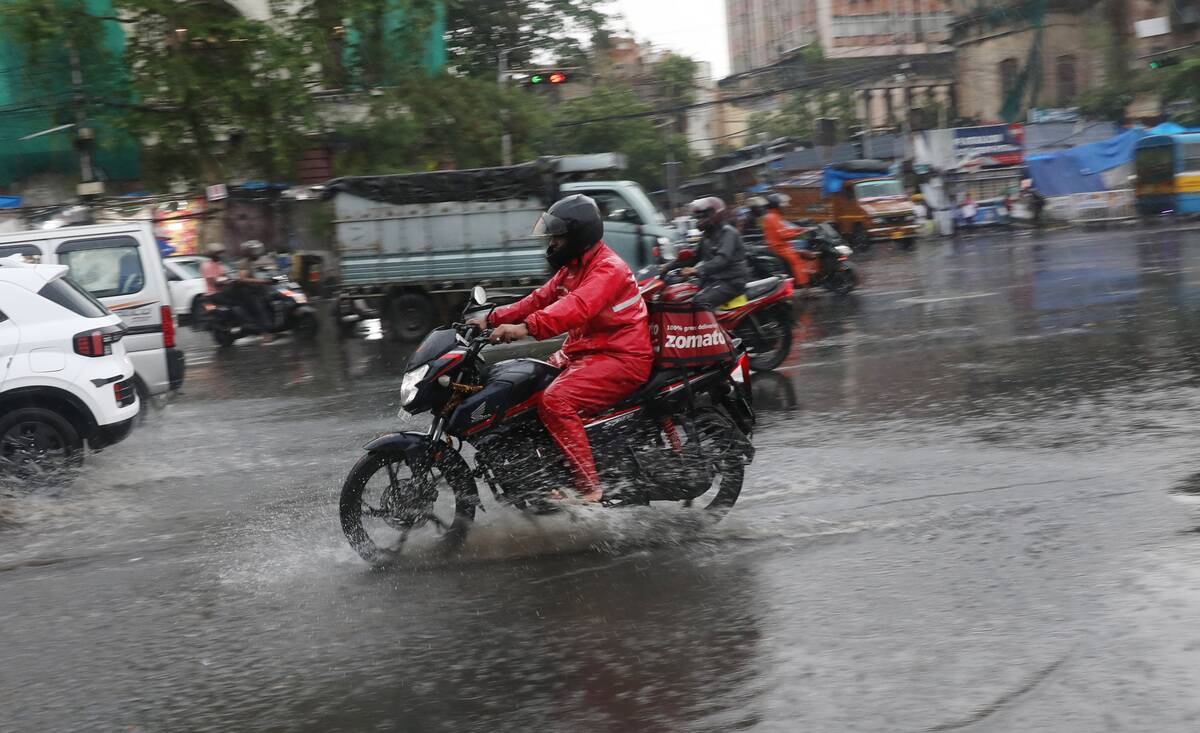
In 2001, the Indian state of Kerala experienced ‘blood rain,’ where the rain appeared red. Initially, this phenomenon was thought to be caused by dust from the Middle East. While unsettling, blood rain is a natural occurrence, albeit one that continues to spark debate and intrigue among scientists.
The Mysterious Case of the Floating Icebergs in the Desert
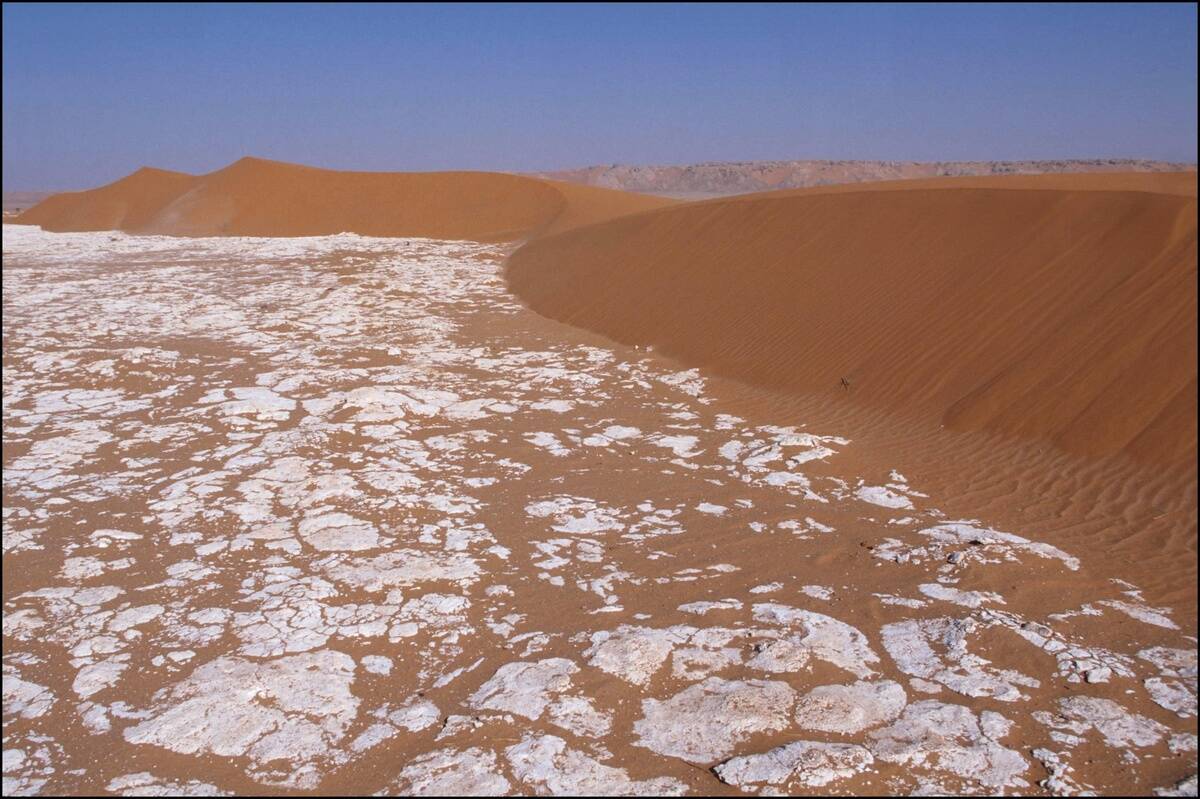
The sight of icebergs in the desert seems like something out of a dream, yet it’s happened. In 2011, satellite images captured what appeared to be floating icebergs in the Rub’ al Khali desert, one of the hottest places on Earth. These weren’t actual icebergs, but rather salt formations that resembled them. Formed from evaporated water, these structures are a testament to the desert’s geological history and the unique natural art it creates.
Fire Tornadoes: The Fiery Whirlwinds of Nature
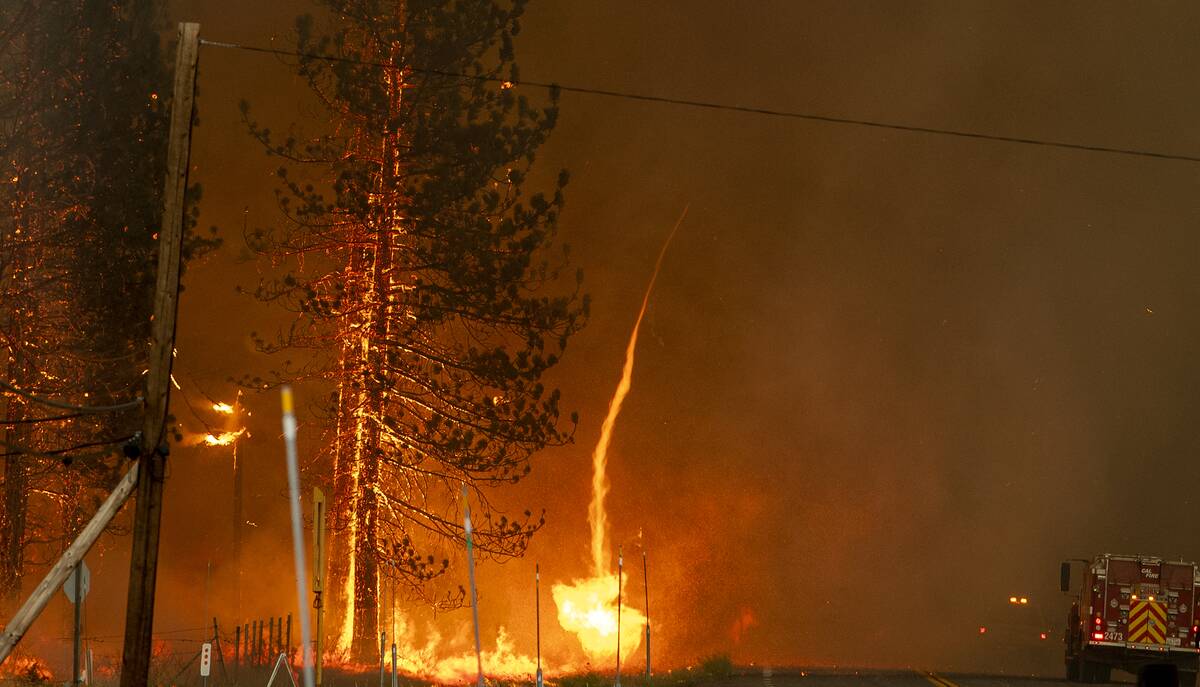
Fire tornadoes, or ‘fire whirls,’ are a rare and terrifying sight. They occur when intense heat and turbulent wind conditions combine to create a vortex of flames. During Australia’s Black Saturday bushfires in 2009, such a phenomenon was observed. These fiery whirlwinds can reach temperatures of up to 2,000°F, incinerating everything in their path. While they may be a natural occurrence, fire tornadoes serve as a stark reminder of the destructive power of wildfires.
The Orange Snow of Siberia: A Strange Winter Surprise

In 2007, residents of Siberia were baffled when orange snow blanketed their region. The unusual hue was caused by dust from a sandstorm in Kazakhstan, which mixed with snow clouds. While the snow was non-toxic, it caused quite a stir among the locals. This bizarre weather event highlights how interconnected our planet’s weather systems are, with events in one region having surprising effects in another part of the world.
The Phenomenon of Ball Lightning: Nature’s Glowing Mystery

Ball lightning is one of nature’s most mysterious phenomena. Described as glowing, spherical objects, these occurrences are rarely seen and poorly understood. Witnesses have reported them appearing during thunderstorms, often lasting mere seconds before vanishing. Theories abound about their cause, from vaporized silicon to microwave radiation. Despite numerous reports and scientific interest, ball lightning remains an enigmatic and fleeting spectacle in the world of weather phenomena.
The Great Smog of London: A Fog That Choked a City
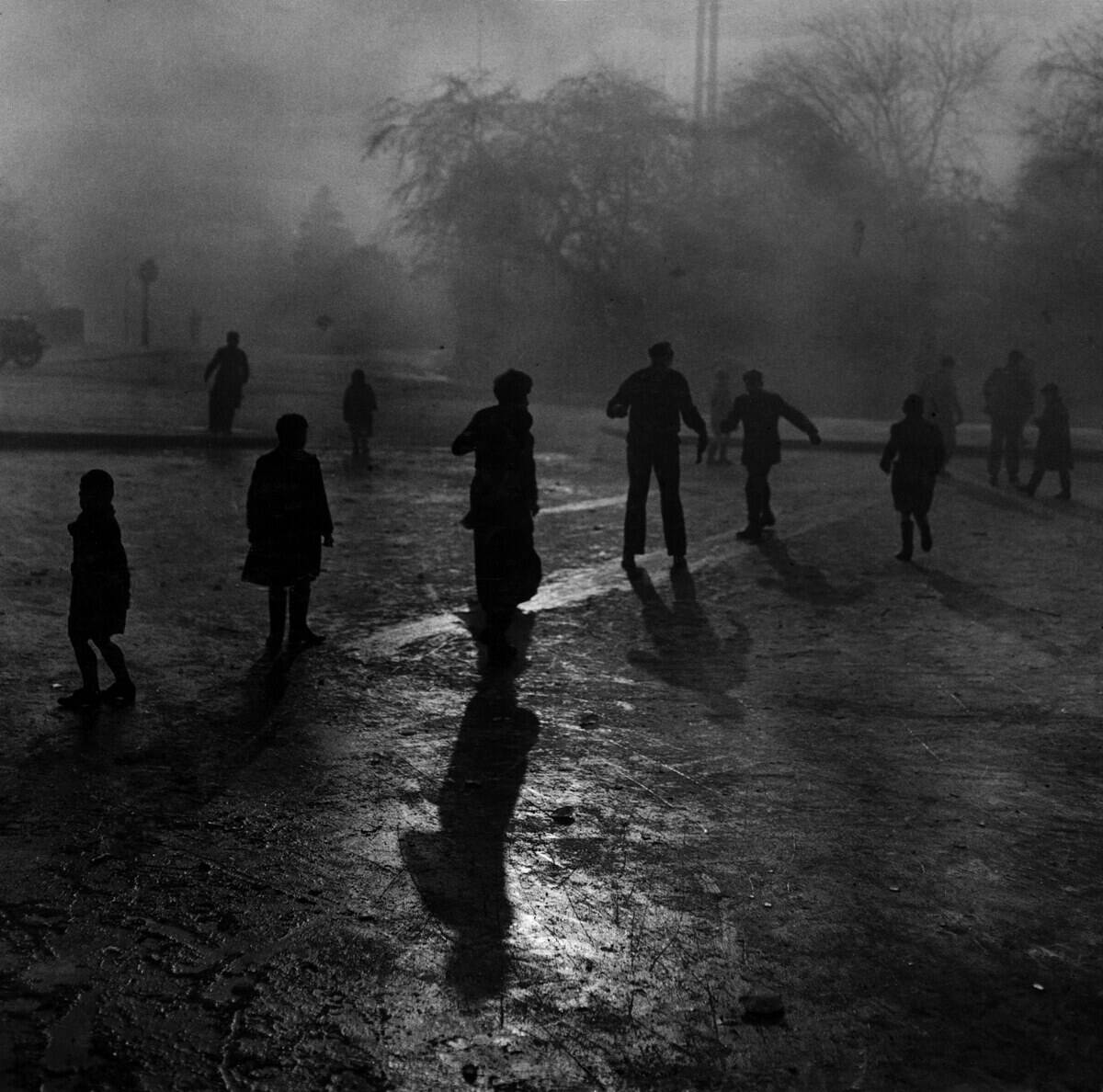
In December 1952, London was enveloped in a deadly fog that lasted five days, now known as the Great Smog. Caused by a combination of cold weather, windless conditions, and air pollution from coal fires, the smog reduced visibility to a few meters. It led to respiratory problems and is estimated to have caused over 4,000 deaths. This tragic event highlighted the urgent need for environmental regulations, eventually leading to the Clean Air Act of 1956.
The Day the Mississippi River Ran Backwards: An Earthquake’s Aftermath

In 1811 and 1812, a series of powerful earthquakes struck the New Madrid Seismic Zone, causing the Mississippi River to flow backward temporarily. The quakes, among the largest in U.S. history, reshaped the landscape, forming Reelfoot Lake in Tennessee. Witnesses reported boats being swept upstream as the river reversed its course. This natural upheaval serves as a reminder of the earth’s dynamic nature and the potential for sudden and dramatic geological changes.
The Stunning Yet Terrifying Ice Tsunami
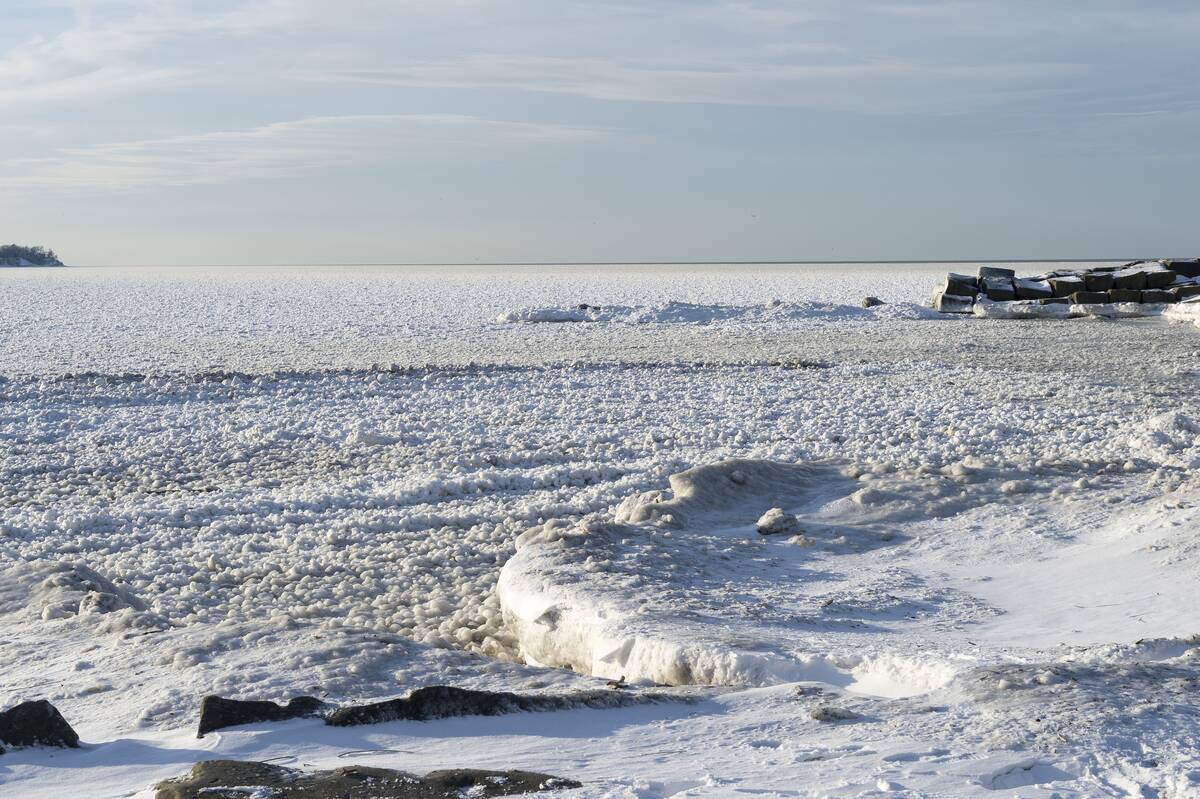
Ice tsunamis, or ‘ice shoves,’ occur when strong winds push large sheets of ice onto shorelines, creating walls of ice that can damage property. In 2019, residents along Lake Erie witnessed such an event, with ice piling up to 30 feet high in places. This chilling phenomenon is both a stunning display of nature’s power and a reminder of the potential hazards of living near large bodies of water in cold climates.
When the Sky Turned Green: A Peculiar Weather Signal
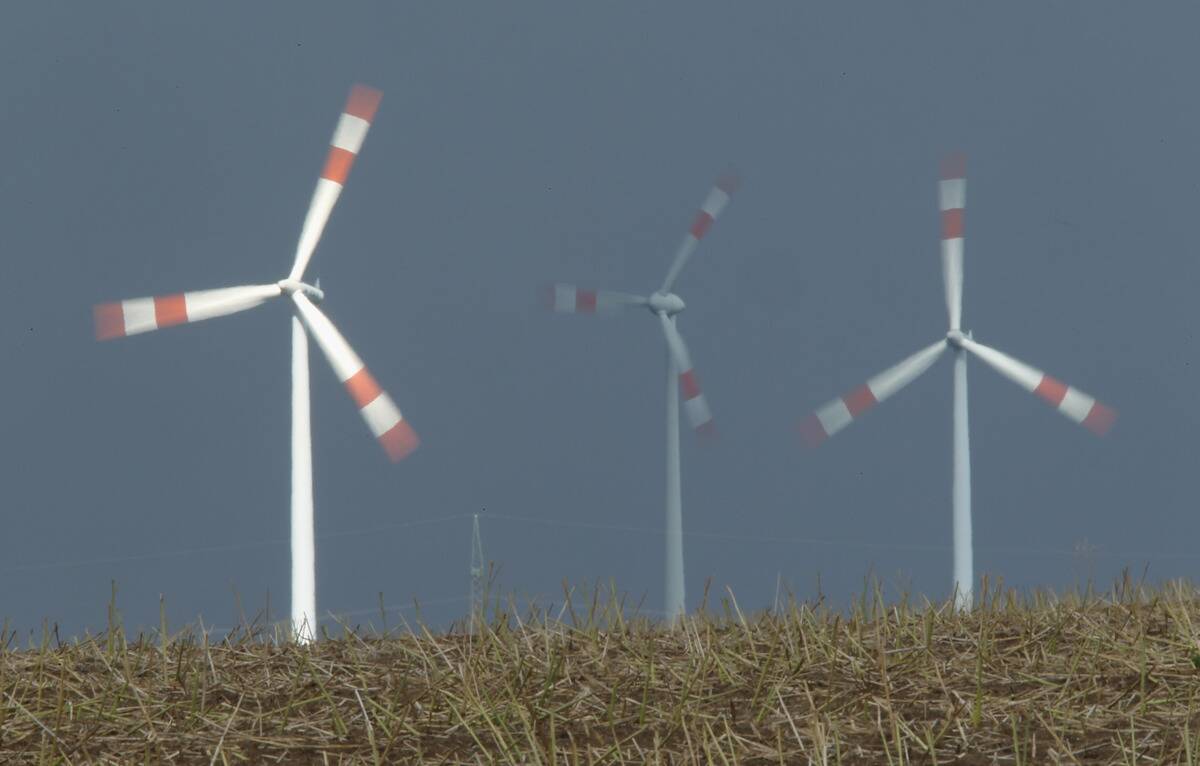
A green sky is often a prelude to severe weather, such as thunderstorms or tornadoes. The green hue is caused by the scattering of light, with water droplets in storm clouds filtering sunlight and creating the eerie color. While the appearance of a green sky doesn’t guarantee a tornado, it is a signal for impending severe weather. This natural warning system is both fascinating and a crucial tool for meteorologists and storm chasers.
The Sudden Appearance of the Ice Circle: A Natural Wonder
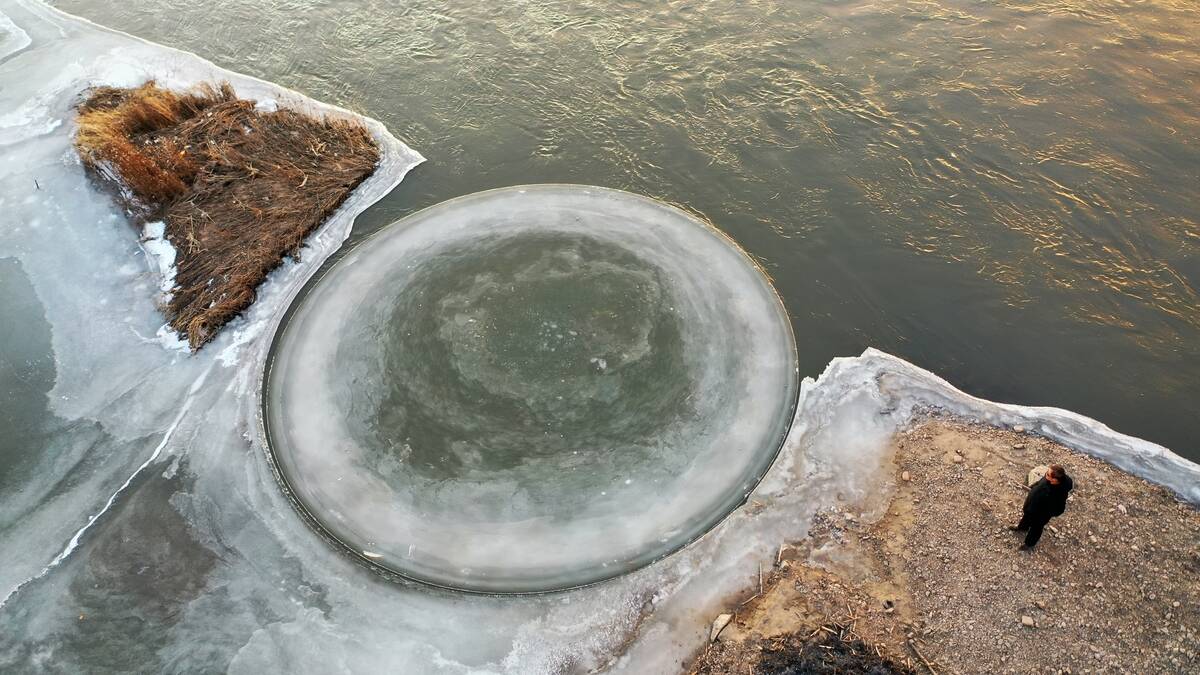
Ice circles, or ice discs, are a rare and mesmerizing phenomenon that occur in slow-moving water during cold weather. These rotating ice formations are caused by a combination of water currents and temperature. In 2019, a massive ice circle appeared on the Presumpscot River in Maine, drawing significant attention. While they might look like the work of extraterrestrials, ice circles are a natural wonder, showcasing the beauty and complexity of nature’s patterns.
The Time It Rained Spiders in Australia
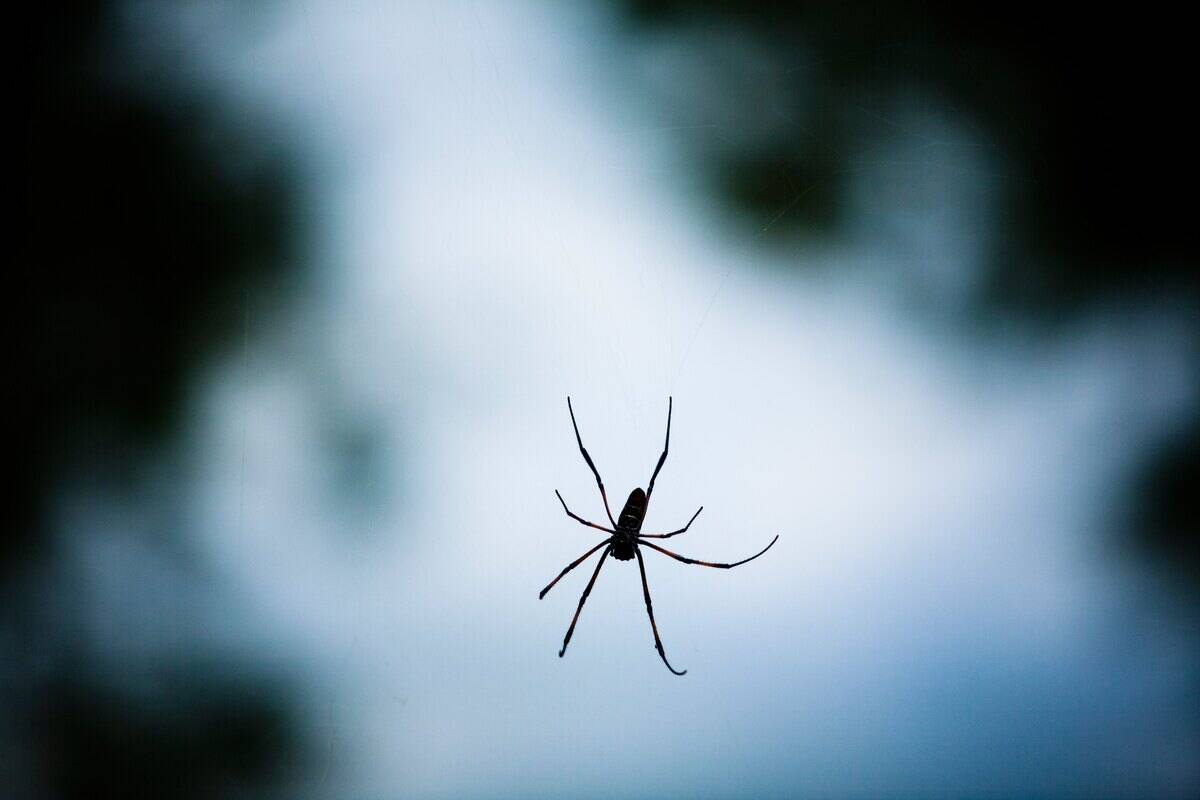
In 2015, residents of Goulburn, Australia, experienced a peculiar sight—spiders raining from the sky. Known as ‘ballooning,’ this phenomenon occurs when spiders release silk threads to catch the wind, allowing them to travel great distances. While it might sound like a scene from a horror movie, ballooning is a common behavior for many spider species, allowing them to disperse and colonize new areas. However, encountering it on such a large scale can be quite unsettling.
The Unbelievable Snowstorm in the Sahara Desert
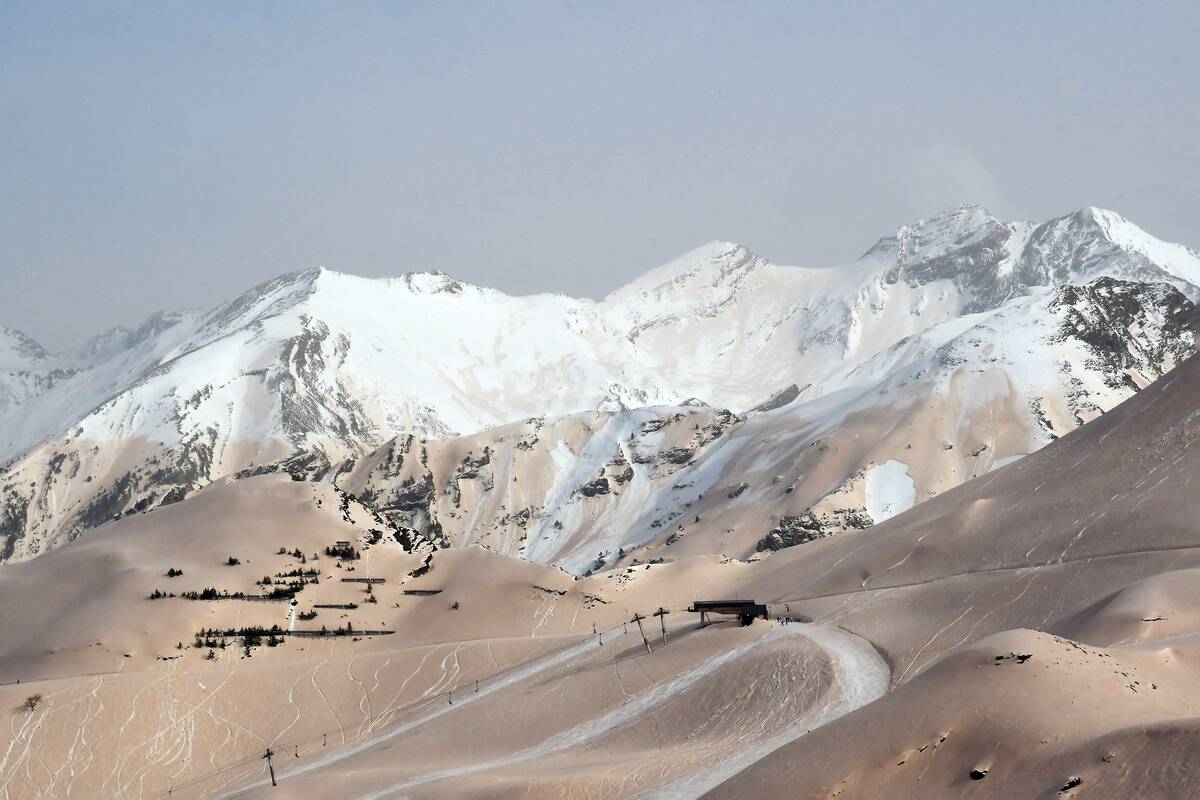
In 2018, residents of Ain Sefra, Algeria, were astonished when a snowstorm blanketed the Sahara Desert. Known as the ‘Gateway to the Desert,’ Ain Sefra rarely sees snow, making this event particularly remarkable. The snow lasted for a day before melting away, but not before captivating the world with images of red sand dunes covered in white. This rare weather event highlights the desert’s extreme climate variations and the surprising ways nature can defy expectations.
The Oddity of the Pink Lightning Strikes
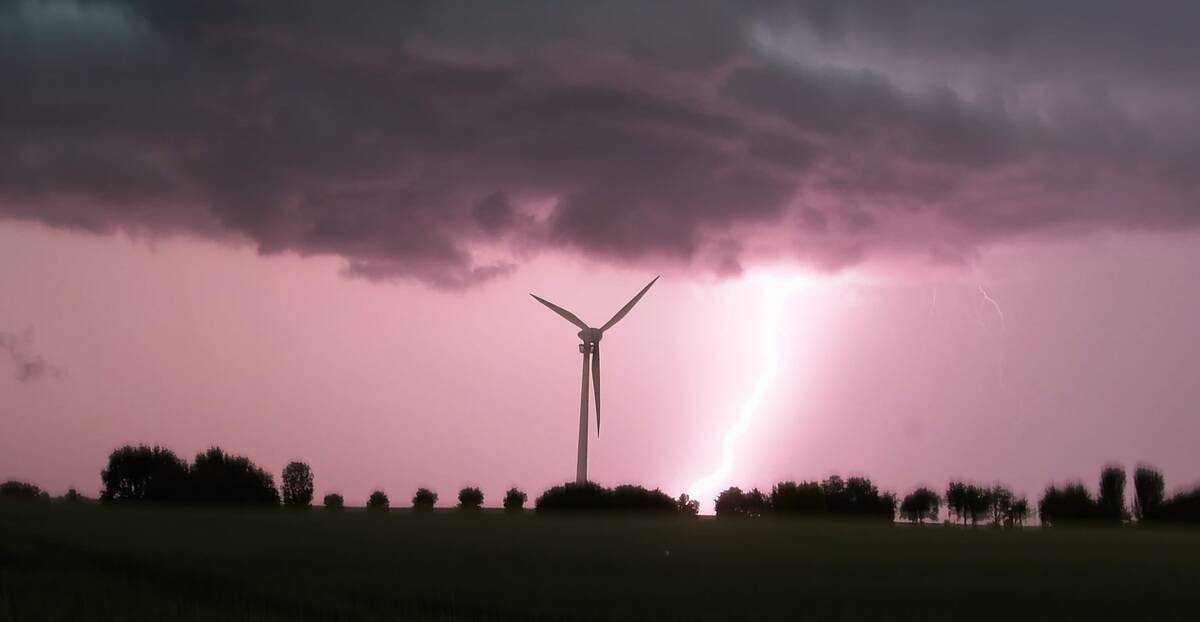
Pink lightning is a rare and beautiful phenomenon that occurs when lightning interacts with certain atmospheric conditions. The pink hue is typically the result of dust or pollution in the air, which can alter the color of the lightning flash. While all lightning is potentially dangerous, the sight of pink lightning is a reminder of nature’s stunning displays and the complex interactions within our atmosphere. Witnessing such an event is a rare treat for those lucky enough to see it.
The Puzzling Case of the Phantom Ice Balls
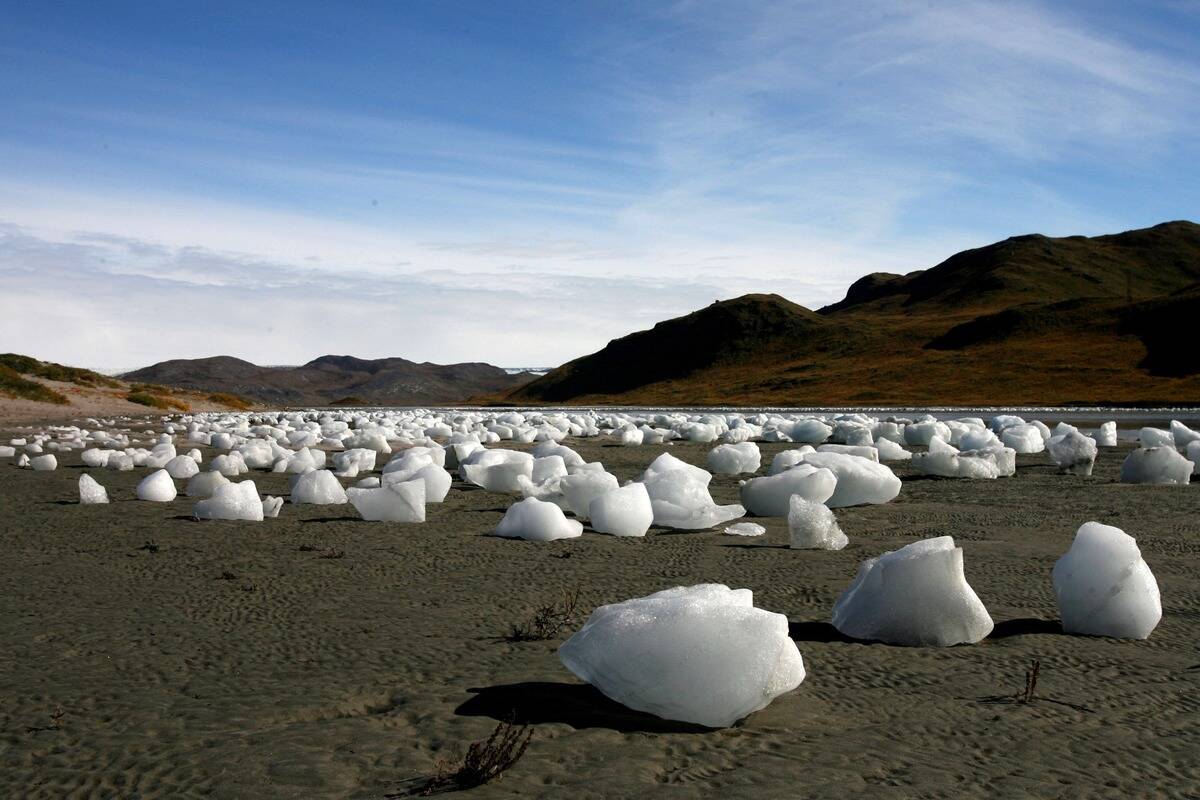
Phantom ice balls, or ice boulders, are a rare occurrence where large, spherical ice formations appear along coastlines. They form when slushy ice is rolled by waves and wind, gradually accumulating layers and growing in size. In 2016, thousands of these ice balls appeared on Lake Michigan’s shore, drawing curious onlookers. While they might seem otherworldly, phantom ice balls are a natural phenomenon, showcasing the unique ways water and cold can sculpt the environment.
The Rainbow-Colored Fire Whirls of California
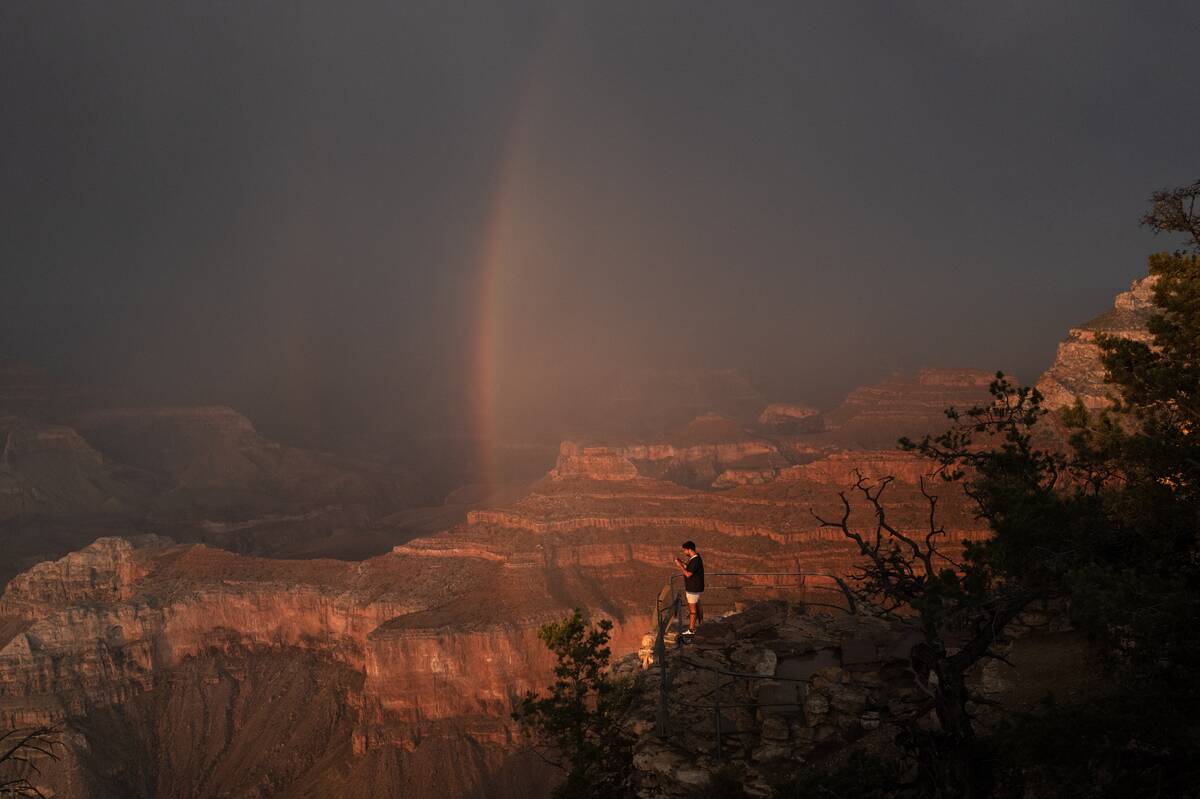
Fire whirls are already a captivating sight, but when they take on rainbow colors, they become even more mesmerizing. This occurs when burning chemicals or environmental conditions cause the flames to change color. During California’s wildfires, these colorful fire whirls have been spotted, adding an eerie beauty to the destructive scenes. While visually stunning, they are a reminder of the unpredictable and dangerous nature of wildfires, demonstrating how quickly conditions can change.
The Bizarre Black Rain of Japan
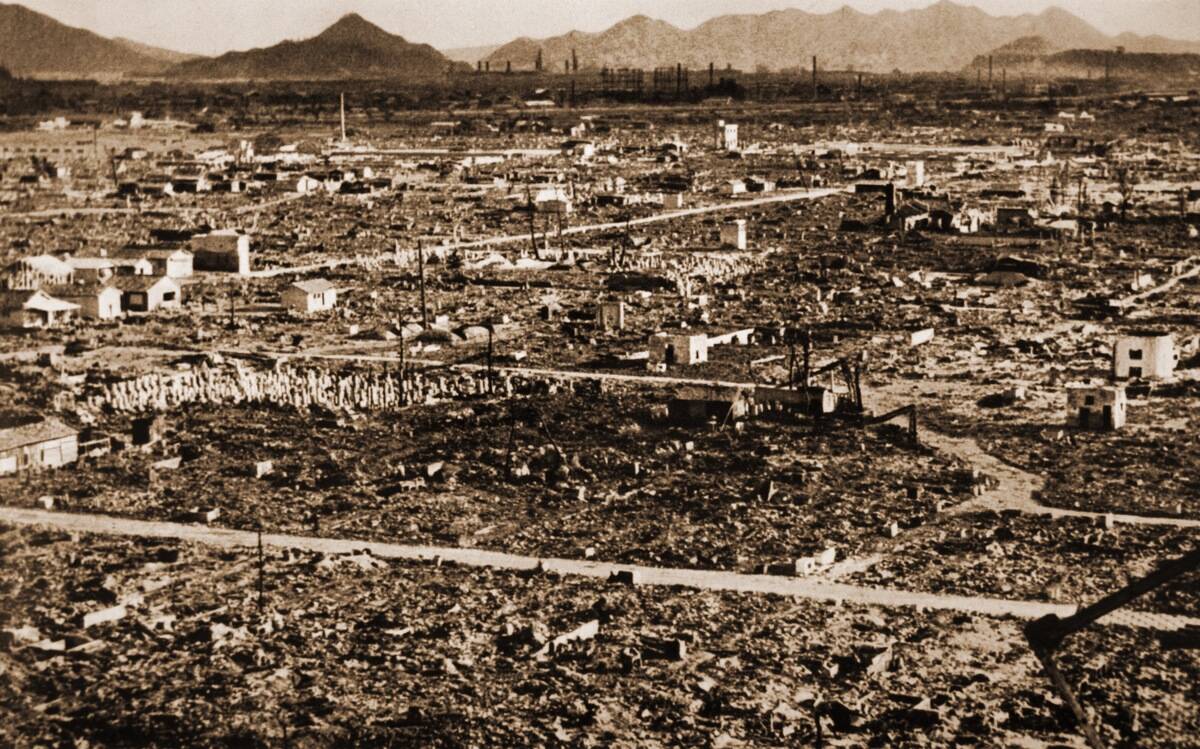
Black rain, a rare and unsettling phenomenon, was reported in Japan following the atomic bombings in 1945. The rain, darkened by soot and radioactive particles, fell over the region, causing fear and concern. More recently, black rain has been observed due to volcanic eruptions and industrial pollution. While not always hazardous, the sight of black rain serves as a stark reminder of human impact on the environment and the potential for catastrophic events to alter weather patterns.



